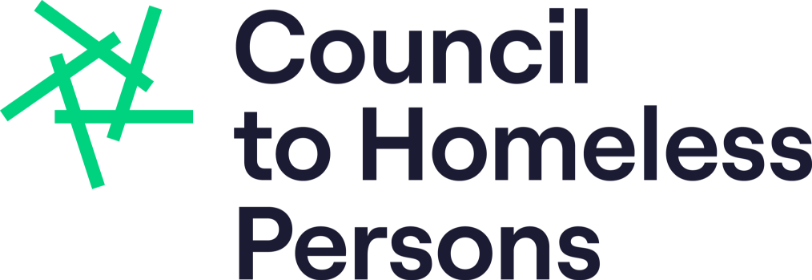Equal Pay Day: The gender pay gap and homelessness among older women
31.08.21
Inequity in the labour market leaves women more vulnerable to housing crisis, a vulnerability that only increases with age. In this article, we use Equal Pay Day to explore how the gender pay gap makes it more likely women will experience homelessness as they grow older.
Equal pay day and labour inequity
This year, Equal Pay Day falls on 31 August, 61 days from the end of the financial year, marking the amount of additional days women must work to earn the same amount of pay as men. This inequity in the labour market leaves women more vulnerable to housing crisis, a vulnerability that only increases with age.
According to the Workplace Gender Equality Agency, the National Gender Pay Gap increased 0.8% to 14.2% in 2021. The latest labour market figures from the Australian Bureau of Statistics, saw average weekly earnings for men grow by 1.8% to $1,837 in the first half of the year, whereas average weekly earnings for women working full-time increased by just 0.9% to $1,575.
This gap, which has hovered between 13% and 19% over the past 20 years, reduces the amount of superannuation women have access to when they retire, making older women more vulnerable to homelessness. On average women’s superannuation balances are 17.4% lower than men. At retirement age, 23% of women have no superannuation compared to 13% of men.
This inequity has been further compounded by the COVID-19 pandemic. The resulting recession hit women particularly hard. In April last year, 8% of women lost their jobs, compared to 4% of men.
Financial difficulties and homelessness
Financial difficulties are second only to domestic and family violence as the main reason older women seek assistance from homelessness services in Victoria. This figure is on the rise. The number of women presenting to homelessness services in Victoria because of financial difficulties has grown 52% from 1,282 in 2011-12, to 1,953 in 2019-20. Nationwide, the Census estimates the number of women older than 55 experiencing homelessness increased 120% over the course of a decade, from 8,461 in 2006 to 18,622 in 2016.
With the Gender Pay Gap making it difficult for many older women to access a private rental market with historically high rents, social housing is the most affordable option for older women without homes. However, there’s a supply problem. There is a shortage of single bedroom units. The latest data from the Australian Institute of Health and Welfare notes the majority of social housing stock in Australia is two or three bedrooms.
Council to Homeless Persons has been calling for the Federal Government to lead a process with the states to invest in social housing. In Victoria, the state government is doing the heavy lifting on social housing via its Big Housing Build, but the shortfall of social housing is so large that it requires action from both levels of government. Social housing stock is not keeping pace with the growth of households in Australia. The proportion of social housing households has declined from 4.7% in 2010 to 4.2% in 2020.
Increased Federal investment in social housing to deliver more age-appropriate homes would ensure women, impacted by the gender pay gap over the course of their working lives, could access a safe, secure home, as they grow older.
Find out more about Equal Pay Day and how you can support it:
Equal Pay Day Alliance: equalpayday.com.au
Workplace Gender Equality Agency: wgea.gov.au

